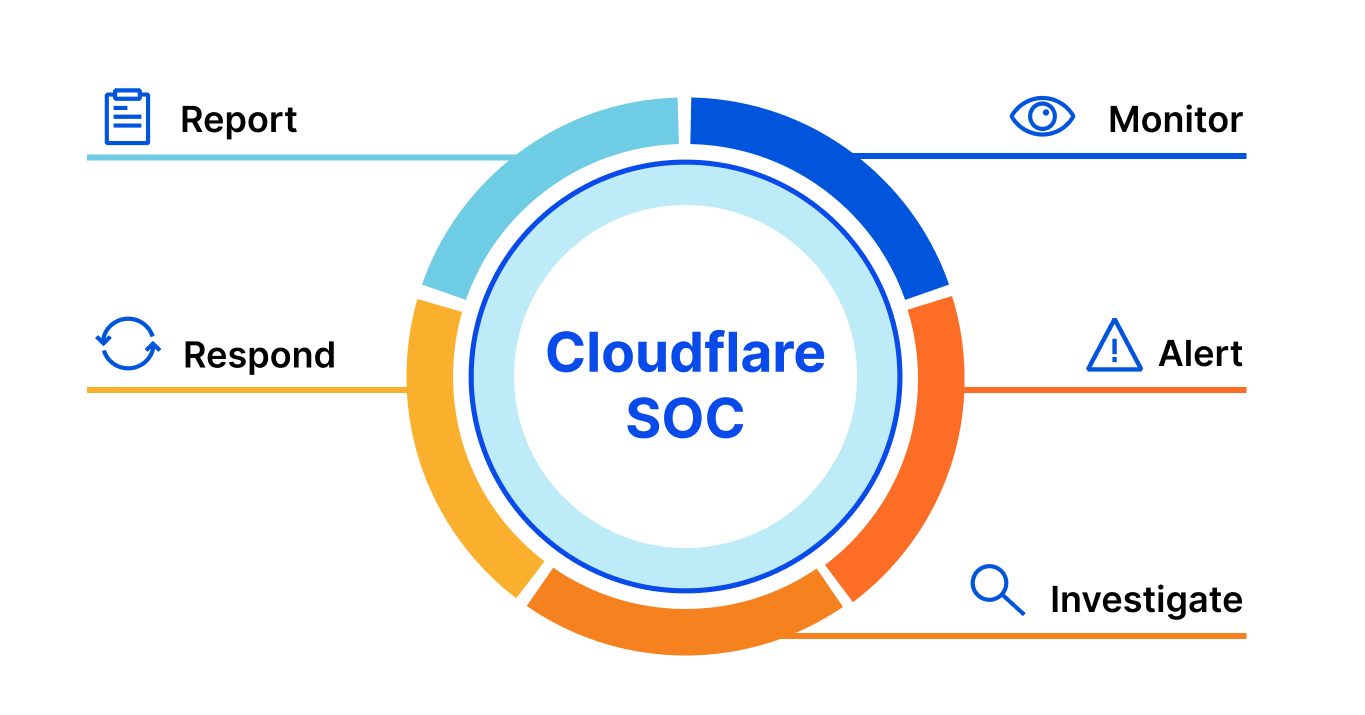Packet Forwarding and Routing over Unnumbered Interfaces
In the previous blog posts in this series, we explored whether we need addresses on point-to-point links (TL&DR: no), whether it’s better to have interface or node addresses (TL&DR: it depends), and why we got unnumbered IPv4 interfaces. Now let’s see how IP routing works over unnumbered interfaces.
The Challenge
A cursory look at an IP routing table (or at CCNA-level materials) tells you that the IP routing table contains prefixes and next hops, and that the next hops are IP addresses. How should that work over unnumbered interfaces, and what should we use for the next-hop IP address in that case?



